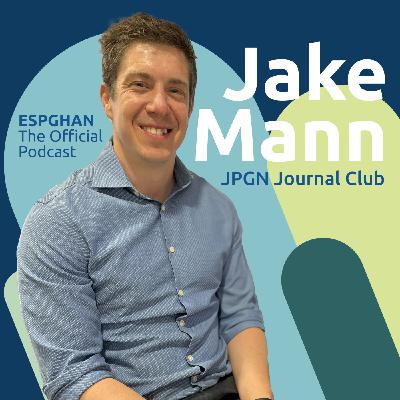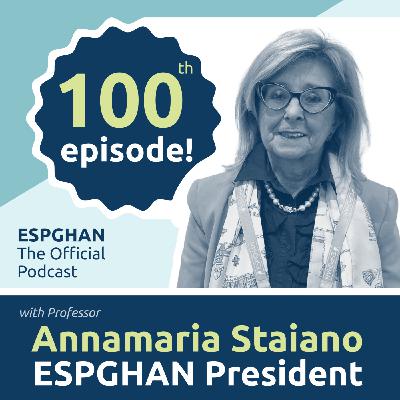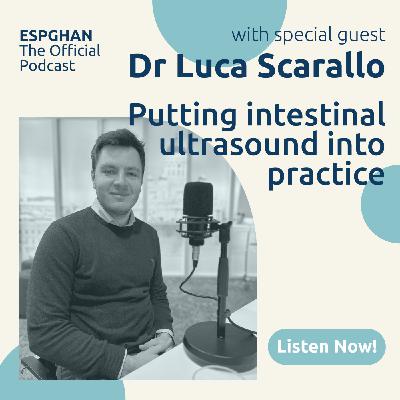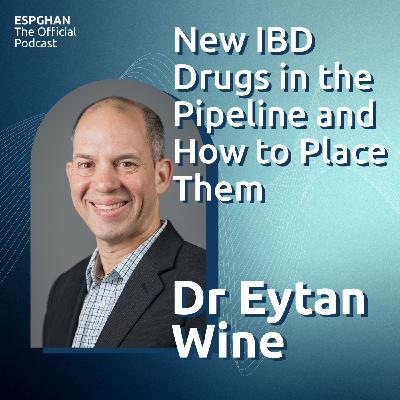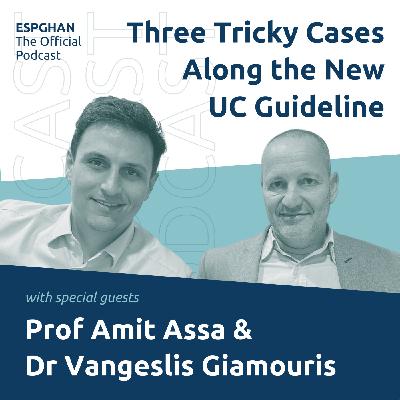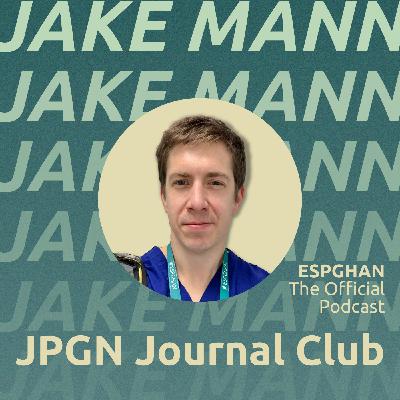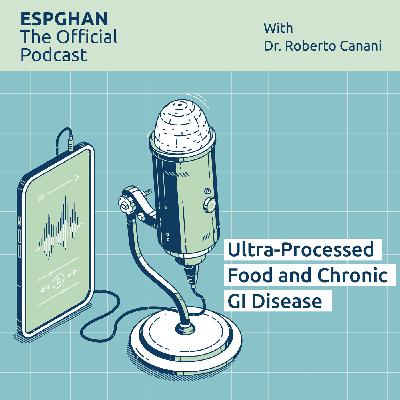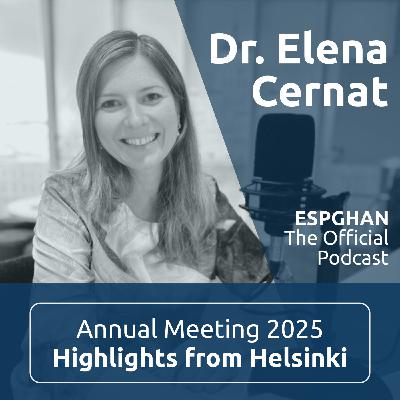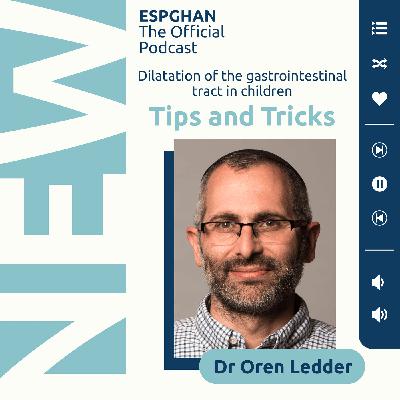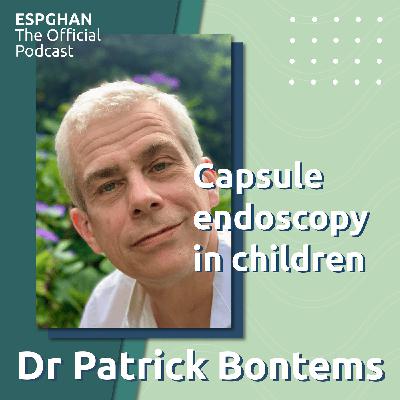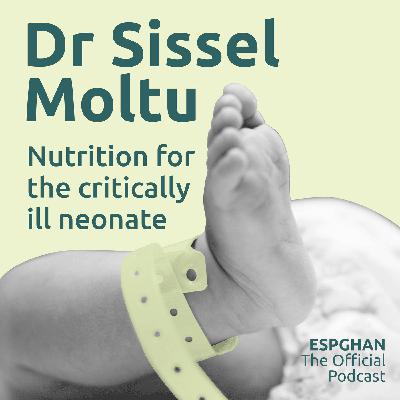JPGN Journal Club: September 2025
Description
Welcome back to ESPGHAN Journal Club!
Give us your full attention, please – even if that means pulling into a lay-by or, even more demanding, setting down your drink. The thoughts and insights of Dr. Jake Mann are deffo worth the trouble.
Jake’s choices for today:
From J Pediatr Gastroenterol Nutr, by Tai CS et al., with authors from Taiwan, Thailand, and Korea: “A prediction model for genetic cholestatic disease in infancy using the machine learning approach.”
From JCI Insight, by Arnson B et al., with authors from the United States and the United Kingdom: “Efficacious genome editing in infant mice with glycogen storage disease type Ia.”
Machine learning, gene therapy… Journal Club is, as always, out in front – where Jake keeps dragging us.
The contribution from Tai et al. postulates that genetic analysis in neonatal cholestasis without mechanical obstruction is expensive and, in many sites, difficult to access. It advocates screening for genetic analysis and reports the retrospective sifting of 47 parameters per patient with intrahepatic neonatal cholestasis (1008 patients in total!), 63 of whom were ultimately diagnosed with “genetic cholestasis” (GC).
Among the 47 parameters assessed at presentation and again one month later, 20 – not including sonographic findings – proved useful in tracking GC. The predictive utility of this combination was checked in 36 patients with GC and 62 without, from two other institutions. Overall, about 70% of patients were identified as unlikely to have GC and might have been spared genetic analysis. The authors propose the algorithm, devised via machine learning, as a cost-saving measure.
What does Jake think of all this? Listen and find out.
Clinical caregivers and biomedical researchers at Duke University, North Carolina (USA), have made something of a hobby of glycogen storage disorders (GSDs) – their causes and cures – including glucose-6-phosphatase (G6P) deficiency (GSD1a). Adeno-associated virus has been used as a vector in mice, dogs, and humans to deliver functional G6PC copies (“transgenes”) into hepatocytes and renal tubular epithelium. These encode the catalytic subunit of G6P, variants of which cause GSD1a.
Unfortunately, G6PC transgenes introduced into hepatocytes are episomal, and episomal G6PC is rapidly lost in model mice and dogs – particularly in infant mice. Repeated or increased transfection does not adequately compensate for this loss.
The Duke Blue Devils (not “Dookies,” please – only Tar Heels use that term!) have now used CRISPR/Cas9-based techniques in 12-day-old G6pc-/- mice to achieve “long-term” genomic integration of G6PC, with euglycaemia sustained at least to age 12 weeks. (One supposes that counts as “long-term” in a mouse.)
The crucial question: will this prevent development of hepatocellular adenomas and carcinomas that occur in untreated humans and in episomally treated, but euglycaemic, mice and dogs?
As the ESPGHAN Journal Club mantra rises from the musical background: More studies are required. More FUNDING is required.
At any rate, this is an intriguing glimpse into the prospects for gene therapy in liver disease – upon which we can count Jake to enlarge. So listen up!
Literature
Arnson B et al. Efficacious genome editing in infant mice with glycogen storage disease type Ia. JCI Insight. 2025 Jul 31:e181760. doi:10.1172/jci.insight.181760. Online ahead of print. PMID: 40762955
Tai CS et al. A prediction model for genetic cholestatic disease in infancy using the machine learning approach. J Pediatr Gastroenterol Nutr. 2025 Jul 30. doi:10.1002/jpn3.70166. Online ahead of print. PMID: 40735913



